
Five-Hundred-Year-Journey
Alexander Poltorak Abstract This essay addresses the anigmatic statement of the Jewish Sages, stating that G-d created this world with the letter Heh and the

Alexander Poltorak Abstract This essay addresses the anigmatic statement of the Jewish Sages, stating that G-d created this world with the letter Heh and the
… mi‑b’sari echezeh Elokah—From my flesh I behold G‑d (Job 19:26) Introduction – “In His Image” The Torah’s initial description of humanity is both profound and enigmatic:

This is the fourth installment in the series of essays on the nature of the soul. The first three installments can be found here: What

In the biblical story of the creation of Adam, the Torah states: Then the Eternal G‑d formed man of the dust of the ground, and

Now the earth was unformed and void. Genesis 1:2 We have a big problem in cosmology: the problem of the initial conditions of the universe at
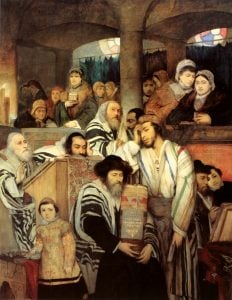
Yom Kippur means “The Day of Atonement.” Some view it as a frightening day full of regrets of the past and anxiety for the future.

For the life of the flesh is in the blood.” (Leviticus 17:11) The word translated here as “life” in the Hebrew original is nefesh, i.e.,

On the Eve of Shabbat, we received a government mailing containing documents that we were required to fill out and send back to the Census
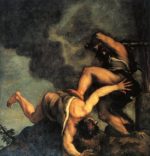
…And Abel was a keeper of sheep, but Cain was a tiller of the ground. And in process of time it came to pass, that Cain

Meditations on the Maaseh Merkavah – II This post is a sequel to my previous post, “Space – Between Future and Past.” For background information,
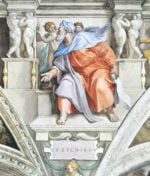
Meditations on the Maaseh Merkavah – I We do science by studying nature. We study physics in a lab, peering into space or working out
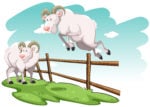
And all the tithe of the herd or the flock, whatsoever passeth under the rod, the tenth shall be holy unto the Lord.” (Leviticus 27:32)
The previous Lubavitcher Rebbe, the Rebbe Rayatz (a.k.a. the Fridriker Rebbe) told the story about his father, the Rebbe Rashab. Once the brother of Rebbe
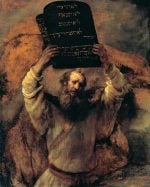
And Moses turned, and went down from the mount, with the two tablets of the testimony in his hand; tablets that were written on both
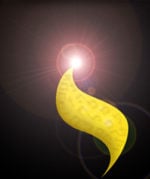
Now, therefore, write ye this song for you, and teach thou it the children of Israel.” (Deut. 31:19) The four known fundamental forces are: gravitational
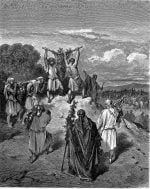
In the Torah portion Shlach (Numbers 13:1-15:41), Moses instructs his spies to scout the land of Canaan and to bring back a report. He says
In this Torah portion, Vayechi, Jacob, gathers his children to reveal to them “Ketz HaYamim”–“the End of Days.” Rashi explains that Jacob’s intention was to
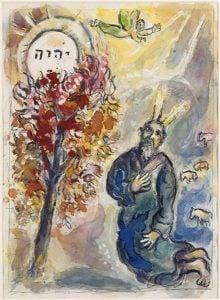
…And behold, the thorn bush was burning with fire, but the thorn bush was not being consumed.” (Ex. 3:2) Every theologian worth his salt along